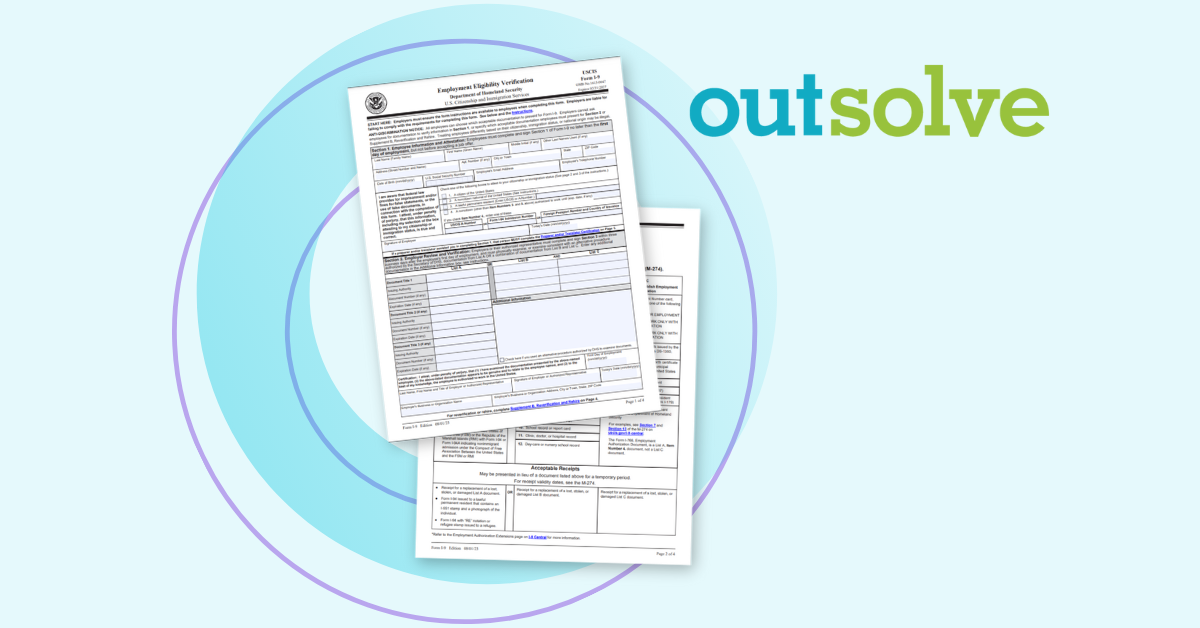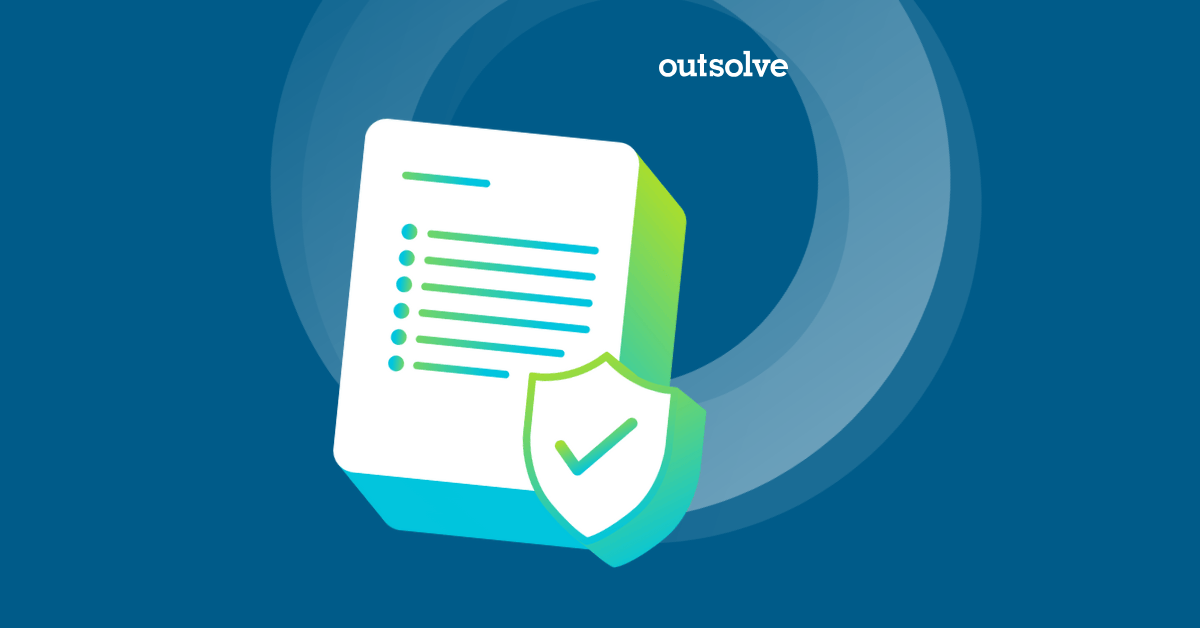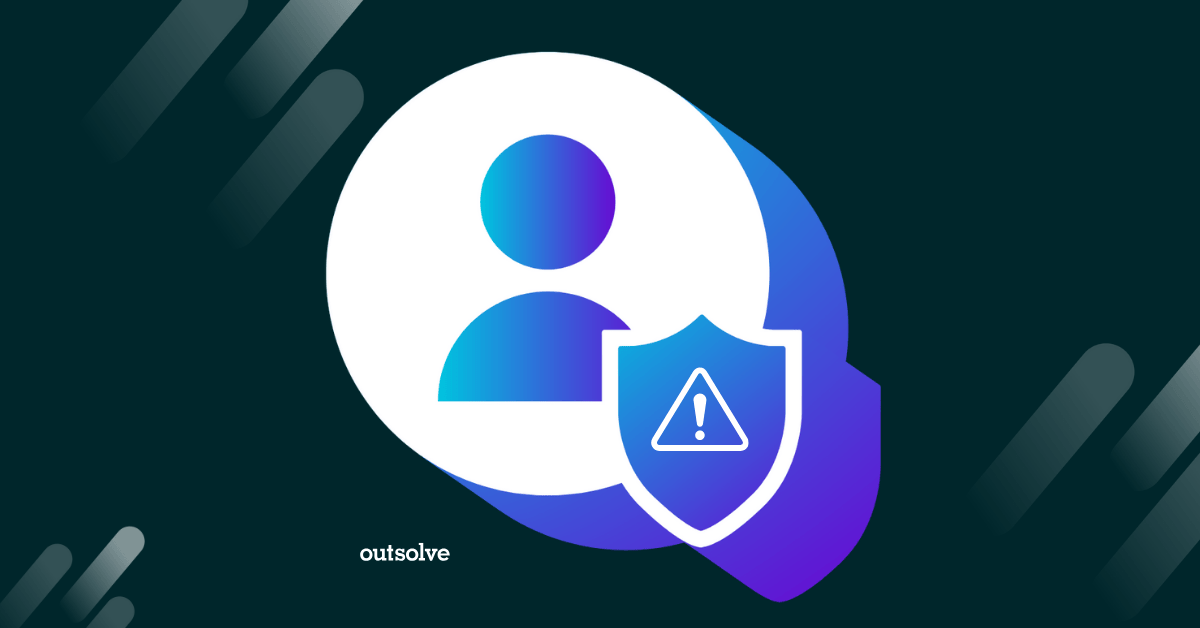8 min read
I-9 Compliance: What Employers Need to Know
 Desiree Throckmorton, SPHR
:
Sep 8, 2025 11:00:00 AM
Desiree Throckmorton, SPHR
:
Sep 8, 2025 11:00:00 AM

Ensuring compliance with employment work authorization requirements is a crucial responsibility for employers. A Form I-9 is the official document required by United States law that employers use to verify the identity and employment eligibility of individuals hired to work in the United States.
Additionally, the new administration has placed emphasis on workplace investigations, leading to higher penalties for non-compliance. Employers must be more vigilant in accurately completing and retaining I-9 forms to avoid fines and legal penalties. Enforcement was a priority during Trump’s first term. Immigration and Customs Enforcement (ICE) initiated more than 6,400 audits in fiscal year 2019 while they averaged around 3,000 audits under the Obama administration. In 2025, we have seen a ten-fold increase in Notices of Inspection issued with more than 1,800 being issued from January to June of 2025.
Let’s review what you need to know about Form I-9, employment eligibility verification, common compliance errors, I-9 retention rules, and how the information completed on an I-9 connects with the E-Verify system. Understanding this information will also help protect you from risks due to non-compliance.
What is Form I-9 and Why is It Important?
Form I-9 is a mandatory U.S. government document that employers must fill out for every new employee they add to their payroll. The purpose of Form I-9, also known as the Employment Eligibility Verification form, is to verify the identity and employment authorization of individuals hired for employment in the United States. The form includes sections that require both the employee and employer to complete and attest to, under penalty of perjury. There also are specific time frames for when certain sections of the form must be completed, discussed further.
The importance of I-9 compliance cannot be overstated. Employers who fail to properly verify work authorization risk serious penalties, fines, and potential legal action. The U.S. Department of Homeland Security (DHS) and ICE regularly conduct I-9 audits at companies across the country. In most organizations, Form I-9 compliance typically falls under the HR function.
Unauthorized employment occurs when individuals who are not legally eligible to work in the U.S. are employed. This can happen if they lack proper documentation or if their work authorization has expired. Ensuring I-9 compliance helps prevent such unauthorized employment.
Watch this video for a quick overview on Form I-9 and its importance.
Form I-9 Specifics
The U.S. Citizenship and Immigration Services (USCIS) created Form I-9 as part of an effort to prevent employment of unauthorized workers. The Immigration Reform and Controls Act of 1986 (IRCA) is the federal law requiring identification and work authorization compliance via Form I-9. Here are the sections Form I-9 includes:
- Section 1: Completed by the employee
- Section 2: Completed by the employer, typically in person
- Supplement A: Identification of Preparer Translator
- Supplement B: Reverification and Rehire (formerly Section 3)
IRCA created three main obligations for employers. The first is that employers cannot knowingly hire undocumented workers or continue to employ them after learning of their undocumented status. The second is that employers are required to verify employment through Form I-9 and third employers must refrain from discriminating against individuals based on national origin, citizenship, or immigration status during the hiring process
The requirement applies to every full or part-time employee hired, regardless of citizenship or immigration status, except those hired prior to November 7, 1986. Those hired prior to that date don’t fall under IRCA and are not required to complete Form I-9.
E-Verify and Form I-9
E-Verify is an online government system that allows employers to electronically confirm an employee’s identity and eligibility to work in the U.S. While Form I-9 is mandatory for all employers, participation in E-Verify is optional for most employers with some exceptions. E-Verify is required for federal contractors if their contract(s) include the Federal Acquisition Regulation (FAR) clause and for certain state-level employers. E-Verify is also required for any employer that wishes to conduct inspection of I-9 documents remotely via video call rather than in person.
E-Verify uses the information provided on Form I-9 to compare against information from the Social Security Administration (SSA) and the DHS. If there is a match of information, then the E-Verify system posts an “Employment Authorized” message and if there are discrepancies, then the E-Verify system will post a “Tentative Non-Confirmation” mismatch message, and additional action will be necessary.
Employee vs. Employer Responsibility
Both the employee and the employer have certain I-9 documentation requirements. The employee is responsible for providing the required documents and information to confirm their identity and employment eligibility. The employer's responsibilities include verifying those documents and confirming that the appropriate supporting documentation is provided. The employer may not specify which documents the employee may provide, rather the Lists of Acceptable Documents defines which documentation substantiates employee identity and work authorization.
Key Timeframes and Deadlines
The employee must complete Section 1 of Form I-9 after a job offer has been accepted and no later than their first day of work. The employer must complete Section 2 within three business days of the employee’s start date. If an employee is hired to work for fewer than three days, the employer must complete Section 2 of Form I-9 by the end of the employee's first day of work for pay. This ensures that the verification process is completed promptly, even for short-term employment. These timelines are part of IRCA’s compliance requirement and are non-negotiable.
How to Complete Form I-9
Let’s break down the two main components of Form I-9, Section 1 and Section 2, step-by-step. USCIS also has a comprehensive I-9 handbook for employers.
Section 1: Employee Information and Attestation
In this section, the employee provides personal details, including:
- Full name
- Address
- Date of birth
- Social Security number
- Email address
- Phone number
- Citizenship status
- Work Authorization status (U.S. citizen, permanent resident, etc.)
The employee must also sign and date the form, confirming the accuracy of the information, under penalty of perjury. Employers need to ensure that employees complete all the required information. Any missing information could result in a violation.
Section 2: Employer Review and Verification
Section 2 is the employer’s responsibility and can be done in one of two ways. Either a member of your company (HR team, hiring manager, etc.) or an I-9 authorized representative can complete Section 2 after the employee has completed Section 1. As mentioned, the employer must complete the following within three business days of the employee’s start date:
- Examine each document provided by the employee to ensure it appears genuine and relates to the employee presenting it.
- Enter employer information.
- Record the document(s) presented by the employee as proof of identity and employment authorization.
- Enter the start date of employment.
The Lists of Acceptable Documents, which should be provided by the employer, includes documents the employee may present. The employer also must sign and date the form, confirming the employee’s eligibility. This too, is under penalty of perjury. As with Section 1, any missing information in Section 2 could result in a violation.
Acceptable Employee Documents for I-9 Verification
The U.S. government provides a list of acceptable documents as part of the I-9 form, and they’re categorized into three groups:
- List A: Documents that establish both identity and employment authorization (e.g., a U.S. passport, permanent resident card).
- List B: Documents that establish identity only (e.g., a driver’s license or ID card).
- List C: Documents that establish employment authorization only (e.g., a Social Security card or birth certificate).
The employee must provide either one document from List A or a combination of one document from List B and one from List C. As mentioned, employers cannot suggest or advise employees on which documents they should present.
Remote Verification Considerations for Hybrid and Remote Workers
With many companies now offering remote or hybrid work options, HR should consider how to verify I-9 documentation remotely. While in-person verification is standard, employers can complete their verification through virtual means, often involving video calls where the employee shows their documents on camera. This option is only available to employers enrolled in E-Verify.
Remote verification requires participation in E-Verify to ensure the integrity and security of the employment verification process. The U.S. Citizenship and Immigration Services enacted guidance for remote verification in August 2023 that can be found here.
Form I-9 Retention Rules
It’s typically HR’s job to ensure that all Form I-9s are stored and maintained according to federal regulations and I-9 retention rules. Employers must retain Form I-9 for at least three years after the date of hire, or one year after the employee’s termination, whichever is later. Check out our handy I-9 retention calculator here.
It's generally recommended to store Form I-9 separately from an employee's personnel file. This practice helps ensure that the forms are readily accessible for inspection by authorized government officials and protects sensitive employee information. Keeping Form I-9s in a separate file also helps maintain compliance with privacy and confidentiality requirements.
I-9 Audits and Self-Checks
Conducting periodic internal I-9 audits is an effective way to identify errors and assess your compliance with employment eligibility verification requirements. Internal audits are a good way to see if you have any practices or issues that could trigger an I-9 audit. Audits can cover both electronic and paper forms. You can choose to review all Forms I-9 or a sample based on neutral and non-discriminatory criteria.
During the audit, you may find errors such as missing information, incorrect dates, or incomplete sections. Employers are allowed to correct errors in Section 2 or Supplement B (Reverification and Rehire) of Form I-9, however if errors are found in Section 1, the employee should correct them.
Keep detailed records of the audit process, including the forms reviewed, errors found, and corrections made. This documentation can be useful if your organization is subject to an external audit. It’s critical to identify key personnel who would be involved should a Notice of Inspection be received.
Common I-9 Compliance Challenges
Some of the more frequent mistakes that can occur with I-9 compliance:
- Incomplete or missing forms: An incomplete or missing I-9 form for an employee can lead to penalties.
- Use of expired documents: Employers must be diligent about checking the expiration dates of documents. Some documents, like certain Employment Authorization Documents (EADs), may have automatic extensions. In such cases, the expired document can be accepted along with proof of the extension.
- Failure to update Supplement B: When an employee’s work authorization expires, or they’re rehired, Supplement B needs to be updated.
- Discrimination risks: Asking for specific documents based on appearance or citizenship status can lead to serious legal issues. For example, asking non-U.S. citizens to present Department of Homeland Security (DHS)-issued documents while allowing U.S. citizens to present a driver's license and Social Security card or treating employees differently during the I-9 process based on their appearance, accent, or perceived nationality can lead to discrimination claims.
- Retention and Storage Issues: Employers must retain Form I-9 for the required period and ensure they are stored securely and accessible for inspection. Improper storage can lead to non-compliance.
- Lack of Training: Insufficient training for HR personnel on I-9 requirements and procedures can result in errors resulting in fines if under audit.
Penalties for I-9 Non-Compliance
Failure to comply with I-9 regulations can have severe consequences imposed by ICE. These penalties may include:
- Fines and penalties: Employers can face substantial fines for missing or improperly completed I-9 forms.
- Substantive Violations: Fines range from $110 to $1,100 per violation for issues like failing to produce a Form I-9
- Knowingly Hiring or Continuing to Employ Unauthorized Workers: Fines range from $375 to $16,000 per violation, with higher penalties for repeat offenders
- Technical Violations: Employers may be fined for uncorrected technical violations, such as missing information on the form
- Impact on federal contracts: Non-compliance can result in the loss of government contracts and debarment.
Best Practices for I-9 Compliance
To reduce risk, HR should follow these best practices:
- Implement consistent policies and procedures for completing and verifying I-9 forms.
- Regularly audit I-9 forms to catch errors early.
- Use electronic I-9 systems to streamline the process and reduce human error.
- Regularly train Form I-9 Agents on proper I-9 procedures, ensuring they stay updated on the latest regulations.
What Compliance with Form I-9 Means for your Organization
Form I-9 compliance is required by law and is a critical HR function. By understanding how to complete and verify the form properly, staying on top of document requirements, regularly auditing your I-9 processes, and remaining updated on any regulatory changes, you can minimize the risk of legal consequences and ensure that the employees you hire are legally authorized to work for you.
If you are looking for guidance on Form I-9 best practices, OutSolve can help. We also offer an end-to-end form I-9 solution backed by real experts who are there to offer support. Reach out to us today for more information.
Desiree Throckmorton is a seasoned HR compliance professional with over two decades of experience, including significant tenure at a Fortune 500 company. In her current role as VP I-9 Operations, Senior Consultant, she provides expert guidance to enterprise-level clients on critical issues such as Form I-9 compliance, non-discrimination analysis, and best practices for pay equity and transparency. Throughout her career, Desiree has demonstrated exceptional proficiency in conducting internal proactive audits and managing external reactive audits. She has a keen eye for identifying risk areas in recruitment practices and excels in performing adverse impact analyses on employment decisions. Additionally, Desiree has successfully launched comprehensive, enterprise-wide training programs focused on Equal Employment Opportunity and Form I-9 compliance. Desiree holds the SPHR certification and has earned a Bachelor's Degree from California State University and a Master's Degree from Roosevelt University.
Weekly OutLook
Featured Posts

The Federal Government Shutdown Lingers: HR Professionals Take Action

HR Planning: 5 Planning Steps for Q4
Related Posts

HR Compliance Consulting: Maximize Efficiency in the New Year
It’s that time of year for new goals, new budgets, and new opportunities to strengthen your organization. The beginning of the year is an ideal time...

Preparing for Seasonal High-volume Hiring: Streamlining Your I-9 Process
Seasonal surges bring more than increased foot traffic and new faces. They also bring a significant hiring spike.

DHS Ends Automatic Extension of Employment Authorization
The Department of Homeland Security (DHS) just announced an interim final rule related to automatic extensions of employment authorization....


